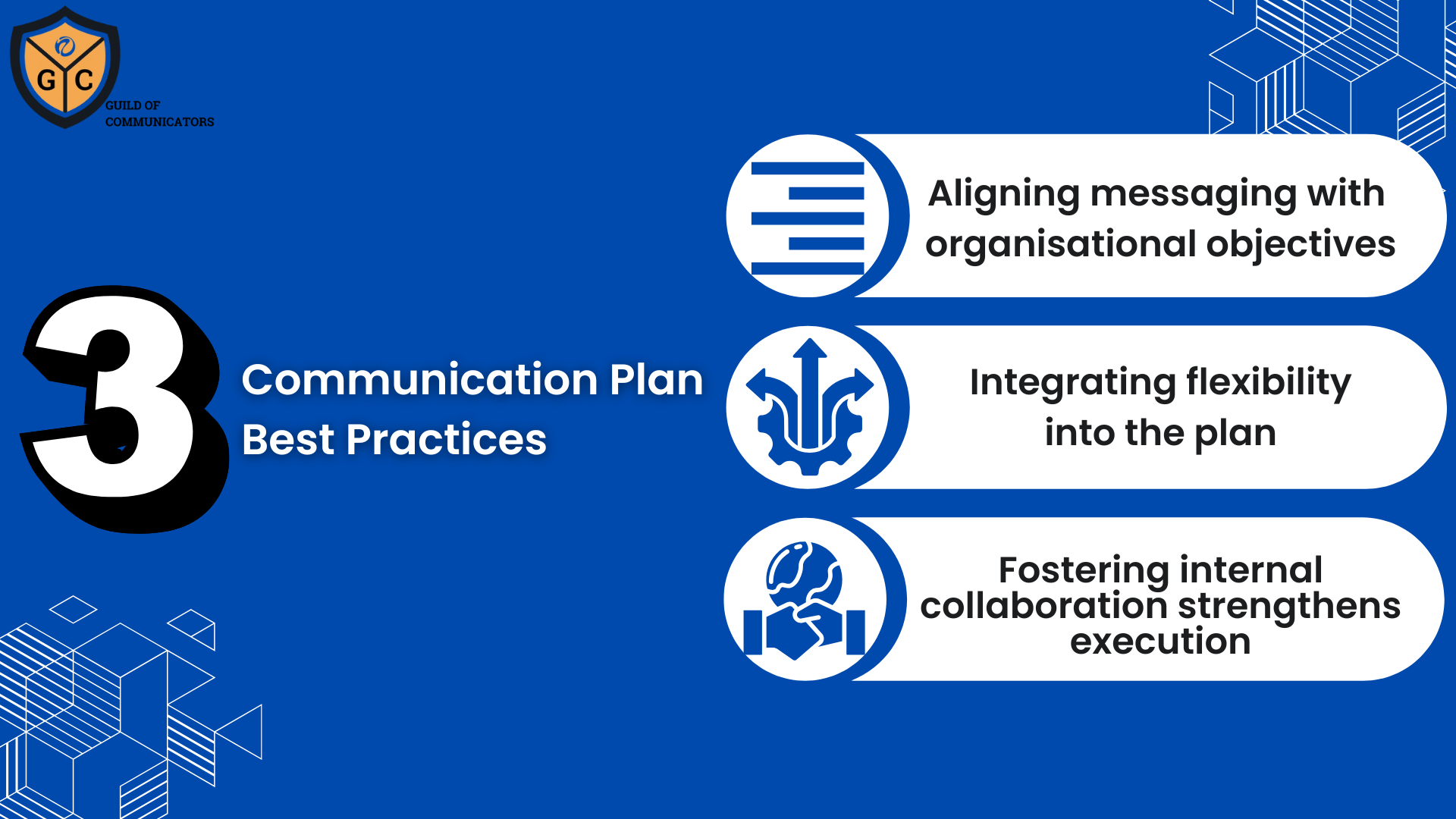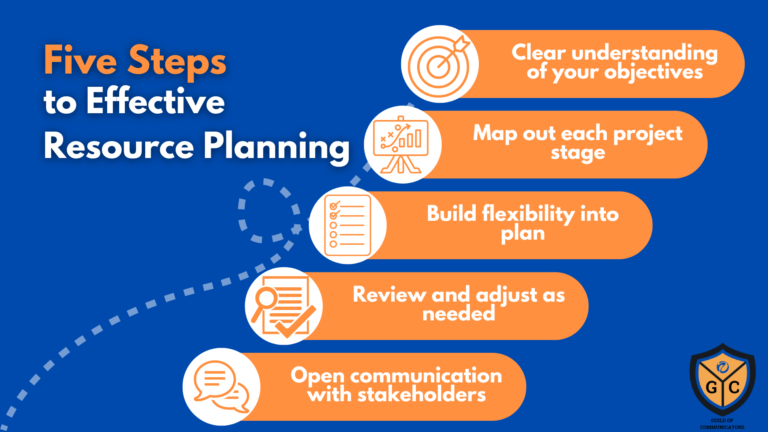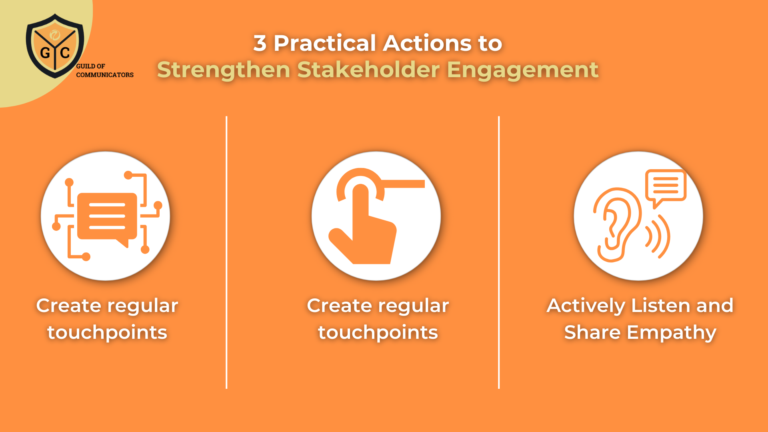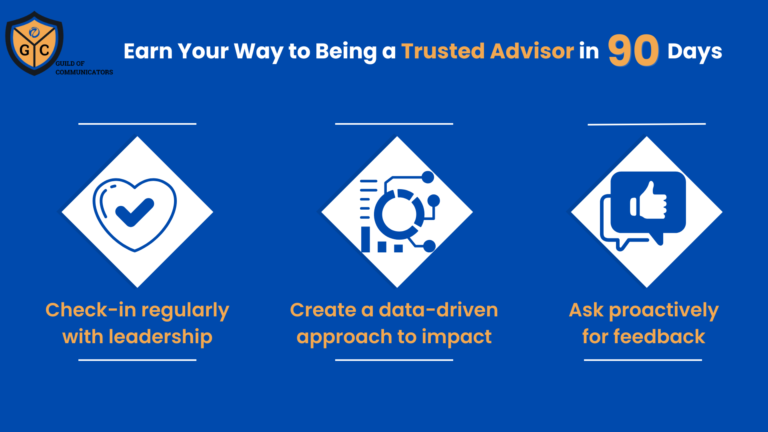A communication plan is a critical tool for any communicator. It serves as a roadmap, ensuring that messaging is strategic, targeted, and aligned with organisational goals.
Without a structured plan, efforts become scattered, leading to inefficiencies and missed opportunities.
A strong communication plan guides day-to-day activities and helps teams stay focused on long-term objectives.
The Risks of Skipping a Communication Plan
Skipping a communication plan or relying solely on a tactical approach can lead to negative consequences for an organisation.
Without a clear strategy, messaging can become inconsistent, reducing trust and credibility with stakeholders. When teams work without alignment, different departments may deliver conflicting messages, leading to confusion among audiences.
A lack of planning often results in reactive communication rather than proactive engagement. This means that instead of shaping conversations, organisations are forced into damage control or last-minute messaging, which can weaken their position. A well-structured plan ensures that communication efforts are deliberate and tied to broader business goals.
The absence of a communication plan can lead to inefficiencies in resource allocation. Without clear objectives and defined channels, teams may invest time and budget into tactics that do not drive meaningful outcomes. A plan helps prioritise efforts, ensuring that resources are used effectively to achieve maximum impact.
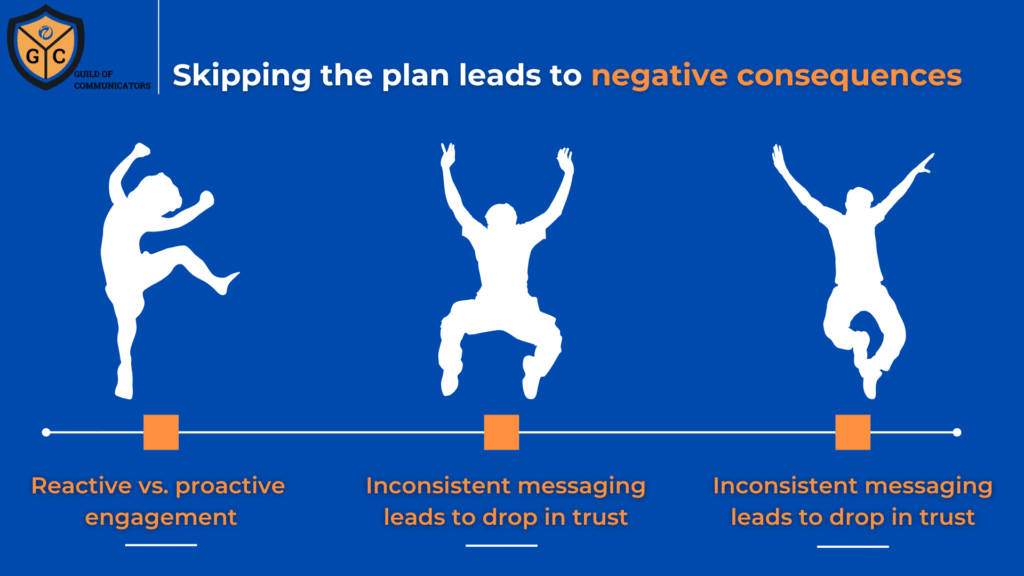
5 Essential Components of a Strong Communication Plan
A strong communication plan consists of five essential components.
Understanding the target audience and their preferences is crucial. Knowing who the organisation is communicating with allows for tailored messaging that resonates and drives engagement.
Selecting the right communication channels ensures that messages reach the intended audience effectively. Different platforms serve different purposes, and choosing the right mix—whether digital, traditional media, or direct engagement—enhances the plan’s effectiveness.
A solid communication strategy defines how messaging will be structured to support business goals. This includes key themes, messaging pillars, and the overall narrative that guides communication efforts. Without a well-defined strategy, messages can lack coherence and fail to connect with audiences.
The approach and execution of the plan determine its success. This involves setting timelines, allocating responsibilities, and ensuring seamless coordination across teams. Effective execution ensures that the plan moves beyond theory into actionable steps that drive results.
Measurement and evaluation are essential for assessing the plan’s impact. Establishing key performance indicators (KPIs) and tracking outcomes enable teams to refine their approach, optimise future efforts, and demonstrate the value of communication activities.
Audience Insights Strengthen the Plan
Audience insights derived through research and analysis play a crucial role in shaping a strong communication plan. Understanding audience behaviours, preferences, and pain points allows communicators to craft messages that are relevant and engaging. Data-driven insights help move beyond assumptions and ensure that strategies are based on real audience needs.
Conducting surveys, analysing engagement metrics, and gathering direct feedback are effective ways to gain insights. These findings can inform content creation, channel selection, and messaging approaches, ensuring that the plan is built on a foundation of relevance and impact.
A communication plan that incorporates deep audience insights is more likely to resonate and drive desired actions. When organisations align their messaging with what their audience values, they create stronger connections and improve overall communication effectiveness.
Establishing Trust Through Communication
Demonstrating understanding is key to establishing trust with the audience. When organisations communicate in a way that reflects genuine awareness of their audience’s concerns, they position themselves as credible and trustworthy sources of information.
Psychological principles such as reciprocity and social proof play a role in how audiences perceive communication efforts. When people feel heard and understood, they are more likely to engage and respond positively. Trust is built over time through consistent, transparent, and value-driven communication.
Moreover, trust influences decision-making and loyalty. An organisation that consistently delivers clear, relevant, and authentic messages fosters a sense of reliability. This not only strengthens brand reputation but also encourages long-term engagement with stakeholders.
Strengthening the Communication Plan with Best Practices
A communication plan is not just a document—it is a strategic tool that guides messaging, engagement, and organisational alignment. By incorporating essential components, leveraging audience insights, and building trust, communicators can create plans that drive meaningful impact.
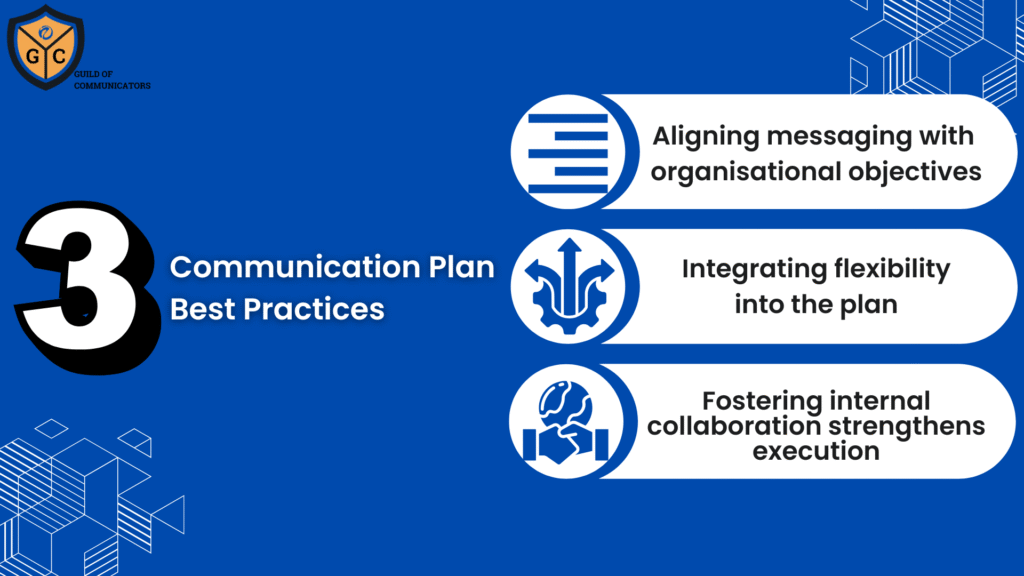
Three additional elements can be incorporated to enhance a communication plan.
- Aligning messaging with organisational objectives ensures that communication efforts contribute to business success. Clear alignment helps demonstrate the strategic value of communication within the organisation.
- Integrating flexibility into the plan allows teams to adapt to changing circumstances. While structure is essential, being responsive to emerging trends, audience shifts, or unexpected challenges ensures that the plan remains relevant and effective.
- Fostering internal collaboration strengthens execution. When teams work together, share insights, and coordinate messaging, communication efforts become more cohesive and impactful. Encouraging cross-functional input can enhance the plan’s effectiveness and ensure buy-in from key stakeholders.
Strengthening the plan with best practices further enhances its effectiveness, ensuring that communication efforts are both structured and adaptable. Investing time in building a well-thought-out plan leads to stronger execution, improved engagement, and long-term success.
*****
Join the Guild of Communicators at www.gocommunicators.com.
The Guild of Communicators (Go Communicators) stands as the preferred community for communicators seeking to elevate their craft. Through our Academy of Excellence, we provide best-in-class frameworks, fit-for-purpose resources, and opportunities that support members in achieving professional excellence.
We provide the following resources, tools and opportunities to members:
- Best-in-Class Resources: We provide our members with access to frameworks, playbooks and tools that empower them to achieve and maintain professional excellence.
- Continuous Learning and Growth: Through our comprehensive training programmes, workshops, delivered digitally, 24/7 and in-person, we support the ongoing professional development of communicators.
- A Supportive Network: GOC fosters a vibrant community where communicators can connect, collaborate, and support each other, creating a network that champions mutual growth and success.
- Shared Knowledge and Expertise: Our members benefit from the collective wisdom and experience of a diverse group of communication professionals, enhancing their skills and perspectives.
Go Communicators is dedicated to amplifying the impact and value that communicators bring to their organisations, highlighting their crucial role in driving success and growth.
We equip our members with the strategies and tools needed to become influential leaders and business partners within their organisations, enhancing their ability to drive positive change and outcomes.
Through our support and resources, communicators can demonstrate clear, measurable outcomes that showcase their value and impact, reinforcing their importance to their organisations.
Join the Guild of Communicators at www.gocommunicators.com
Subscribe to join over 1500+ communicators and brands getting value every Tuesday while reading A Communicator’s Perspective, our weekly newsletter.

